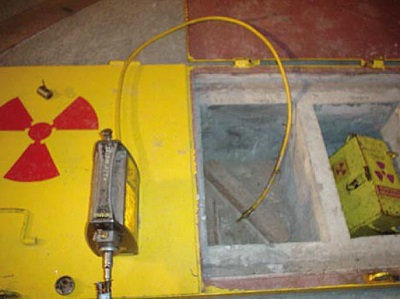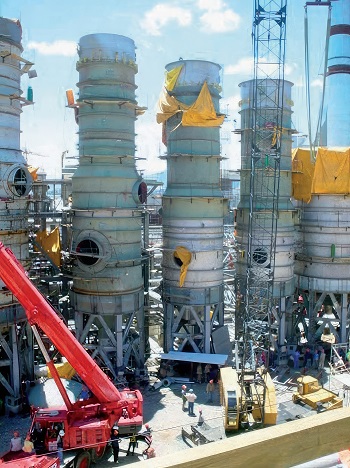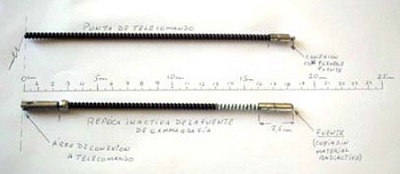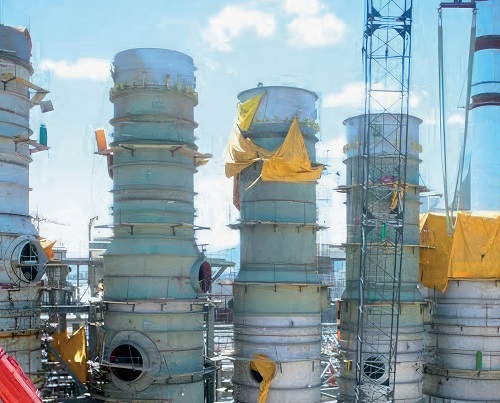There’s something to be learned from our mistakes; this is one reason why every RSO should investigate accidents and near-misses to see what happened, what can learned from the incident, and perhaps how to keep it from happening again. The International Atomic Energy Agency (IAEA) investigates radiological incidents around the world; some of these incidents are particularly significant or especially instructive – these are investigated and the IAEA writes a report that is freely available to anyone who is interested (https://www.iaea.org/topics/accident-reports). I’m going to start writing up some of these from time to time, using the same format (as much as I can) to help you find the parts that are of most interest to you and to help you to compare one incident to another. Some incidents (such as this one) are relatively simple – others are much more complex and significant.
The Accident Archives: Nueva Aldea, Chile (2005)
(https://www.iaea.org/publications/8117/the-radiological-accident-in-nueva-aldea)
Industrial radiography—an important quality assurance tool—goes on all the time in both major cities and field locations. Although it’s supposed to be performed carefully, many industrial radiographers prioritize speed over safety, which has led to a number of accidents—some fatal—involving industrial radiography sources, as well as to the loss of these highly radioactive sources.

What happened:
Towards the end of a long day of work in December, 2005 an industrial radiographer was rushing in order to get home. While he was taking apart his equipment and packing up, the radioactive source fell out of the apparatus without the radiographer’s knowledge.

The next day, it was found by a worker, who had no idea what it was. The worker showed it to a number of people before putting it in his pocket and taking it to his supervisor’s office, where it set off a radiation alarm. The worker was told to put it into any container (so he put it inside a metal pipe), and the source was later recovered and made safe by the Chilean government with assistance by the IAEA.

Nuclide(s) and activity:
Iridium-192, 90 curies
Response efforts:
By the time the Chilean government was informed of the accident, the source had been recovered and returned to its shielding by workers at the site. As a result, the government played no role in recovery of the source, but they were heavily involved in follow-up activities. In particular, the government launched an investigation to determine events leading up to the accident and worked to determine the amount of radiation the workers had been exposed to. It also oversaw medical treatment for the exposed workers.
Health effects:
Over 250 workers were exposed to elevated radiation levels. Of these, 36 were exposed to doses in excess of 10 rem. The highest dose was to the worker who found the source, which was estimated at about 130 rem to the whole body and as high as 160,000 rem to the left buttock, where the source had been put in the worker’s pocket. The worker had extended medical care, including multiple surgeries, to treat radiation injury to the hand and buttocks. This worker also had several teeth removed due to radiation damage. Two other workers had minor radiation burns, one to his hand and the other to his foot, which required medical care and surgery to treat.
Other impacts:
The medical care given to the worker with the highest radiation dose was innovative and appeared more successful than the existing standard procedures. The Chilean government improved its oversight of high-activity radioactive sources, and the radiography company was required to make a number of changes in its radiation safety procedures.
